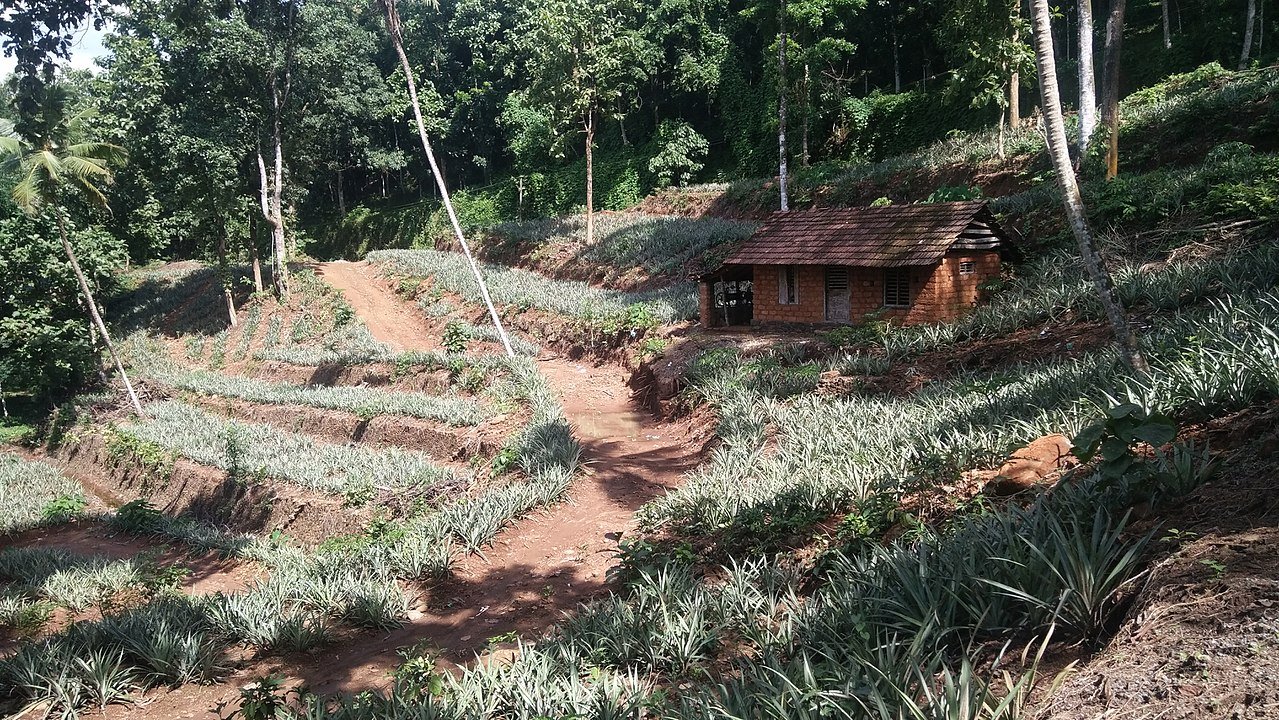
Approximately every fifth tree felled worldwide ends up as paper in our homes. It might be a book, a newspaper, a magazine, a writing pad, some wrapping paper, a kitchen towel, or a roll of toilet paper. Since about 15 billion trees are felled each year for paper production, an alternative to wood as a raw material for paper could save entire forests. Students from Leibniz University Hanover (LUH) have found an alternative in waste from pineapple factories.
The 14-member Musa-Fibra team has set itself the goal of making paper production fully free of tree felling in the future. “At the same time, the recycling of pineapple waste would solve a major waste disposal problem for countries around the equator that grow pineapples,” says Niklas Tegtmeier, a student of plant biotechnology at LUH.
In Costa Rica, the world leader in the international pineapple trade, crops produce up to 300 metric tons of plant waste every week. Because the thick pineapple leaves are difficult to compost, it takes a lot of work to plow them back into the ground. They are either burned or treated with chemicals to dry them out. An additional problem is that mosquitoes also breed in the waste on the fields which can spread diseases to local farm animals.
Extracting cellulose from pineapple leaves
The Musa Fibra team at the LUH Institute of Technical Chemistry has now developed a new process for extracting cellulose from pineapple leaves. This can then be used in paper production, for example as a substitute for wood pulp. The team was already able to forge important contacts during their research trips in Costa Rica. The group also receives support from the CENIBIOT research institute (Centro Nacional de Innovaciones Biotecnológicas) and the Argentinian Universidad Tecnológica Nacional (UTN).
In the process that Musa Fibra uses to extract cellulose from the pineapple leaves, no toxic chemicals are used, e.g. substances containing chlorine. Moreover, these young researchers emphasize that water consumption is kept as low as possible. “Wood has a high lignin content,” student Merit Ulmer explains, “so it is much more difficult to separate the lignins. Lignin content in pineapple leaves is significantly lower, so we are able to use a milder method.”
Interest in the process is already being expressed by the industry and in Costa Rica as well. Next year, the students aim to build a pilot project on the first partner plantation in the north of the country. There, they want to show how cellulose can be produced profitably from pineapple waste. This could also create new jobs in one of the poorest regions of Costa Rica.
Marketing in Germany
The pulp that is produced is then exported to Germany and sold in Lower Saxony, among other places, to companies that value sustainability. One of the group’s focal points is ensuring that the product chain remains transparent. Purchasers also discover “why products made from pineapple leaves add value to people and nature,” so the researchers say.
Musa Fibra is a part of the Enactus student initiative. This initiative aims to solve global, social, and ecological problems through entrepreneurship. With a total of more than 70,000 students, Enactus is one of the largest entrepreneurial initiatives in the world. Enactus Hannover has already come up with several very promising projects in various countries, like ‘Insectus.’








